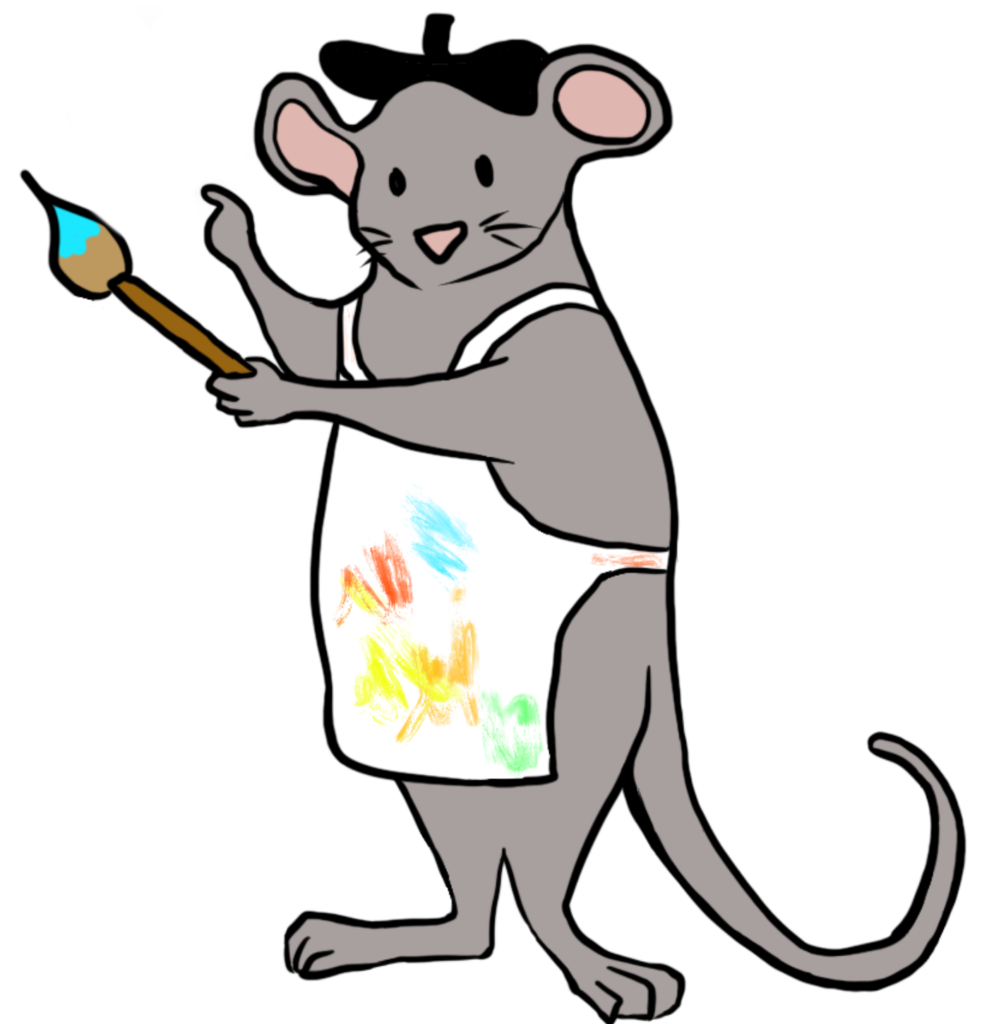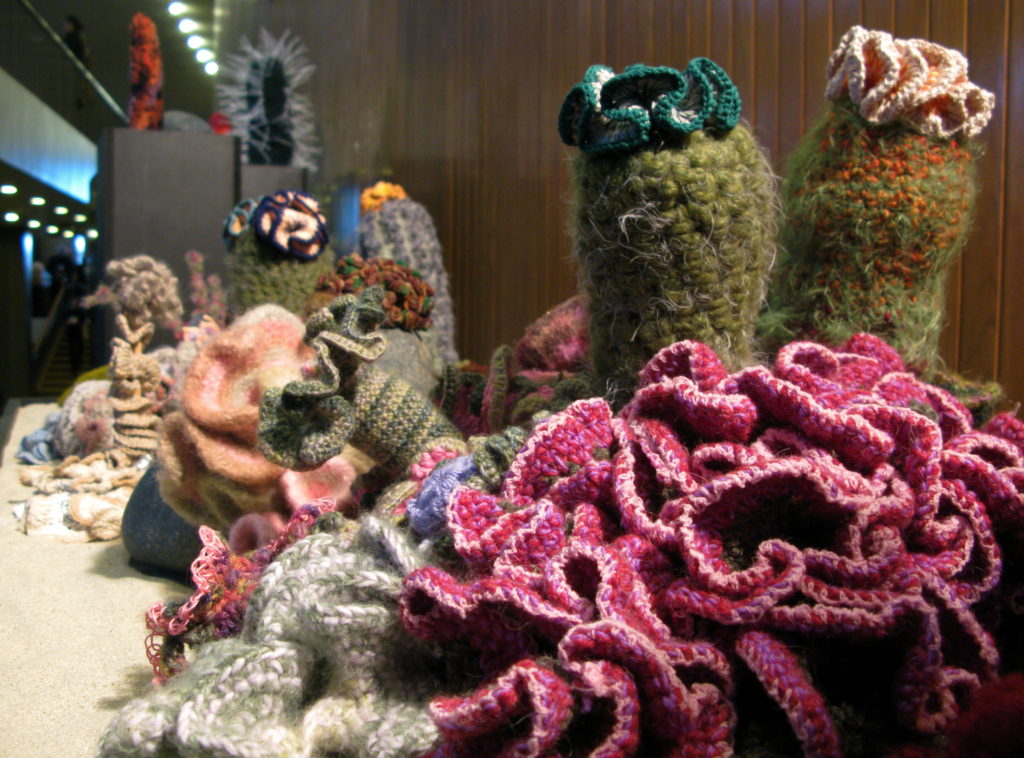Part 3: The Medium
3.10 Communication Through Art
Learning Objectives
- To reflect on the value of art for risk communication.
- To understand how to incorporate an artistic component into a communication campaign.

A recurring theme in this text is the importance of engaging audiences with a message. There is a growing body of work that suggests that art can be used to engage audiences because humans are naturally visual creatures and art has the ability to elicit emotion.
While much of risk communication focuses on the cognitive domain of learning (i.e. comprehension and understanding), art can also stimulate the affective domain (i.e. appreciation, attitudes and feelings) (Friedman 2013). Perhaps because of its power to change attitudes, some work has also articulated that community-driven art engagement can affect meaningful change in some areas, such as around environmental issues (Evans 2014). Lesen et al. (2016) suggest that art can be a particularly effective medium for issues such as climate change which evoke emotional responses that promote behavioural change. Further, arts-based communication efforts have been shown to be particularly impactful when they are interactive and when the audience participates (i.e., the audience becomes a collaborator making the art as opposed to a passive observer of the art) (Lesen et al. 2016). See this article by Dr. Timothy Caufield for a more detailed description of the value of bringing art to science communication.
All of this sounds good, right? Engage your audience, involve them in the process, make some art and affect change. But perhaps you’re saying, how do I get started? I’m not an artist, so how can I use art to communicate my message effectively? This is where the value of collaboration comes in. Collaboration with artists at the outset of a communication campaign can help to identify appropriate uses of art and opportunities to engage communities in risk-based art communications. This requires ongoing communication with collaborators as well as synchronizing goals, motivations and key outputs from the campaign.
When developing a communication campaign involving art, Lesen et al. have outlined a number of important considerations, including:
- What are your goals? Are the goals of the scientist and artist aligned?
- Who are your collaborators and what is the extent of the collaboration?
- Who is participating in the project?
- Who is your audience and what are the learning outcomes for the audience?
- How will you assess if your goal is achieved (e.g. participant surveys, audience size/attendance)?
- How will you evaluate both the scientific and artistic value of the project?
For more detailed information on how to conduct project evaluation and collaborative team performance measures using art, see the 2016 Lesen et al. article.
Takeaways
Key Takeaways
- Art can be a valuable medium for risk and science communication because it appeals to people’s visual sense and can elicit emotions.
- To incorporate artistic components in your communication campaign, engage artists from the community and identify shared goals and outputs early on in the project.
Media Attributions
- Crocheted coral reef © Steve Jurvetson is licensed under a CC BY (Attribution) license


